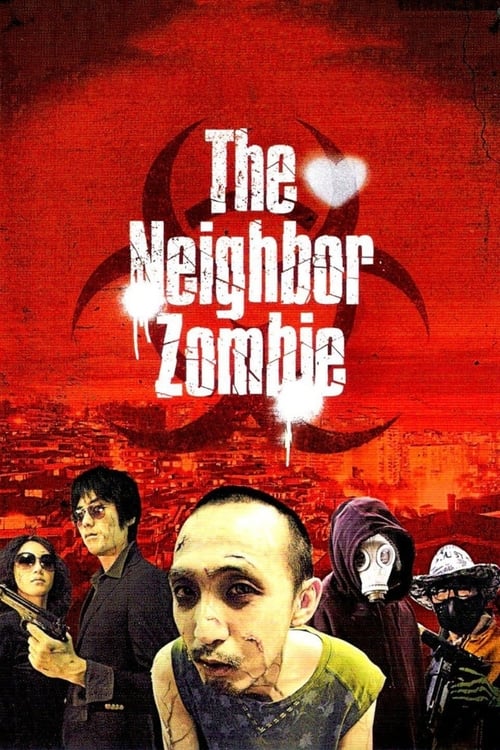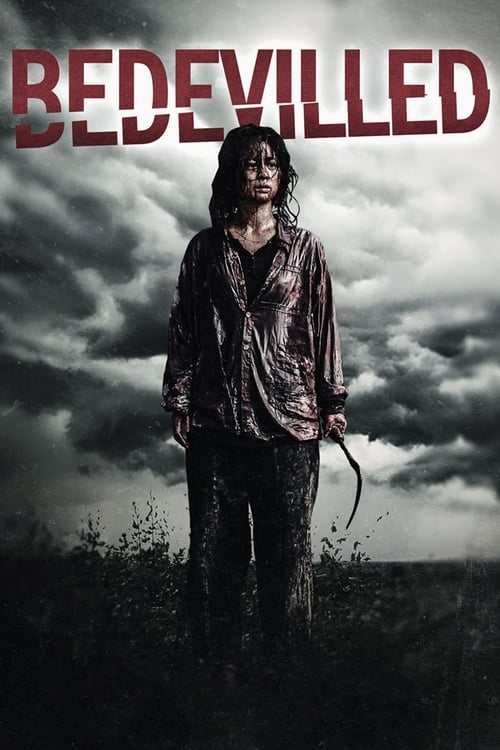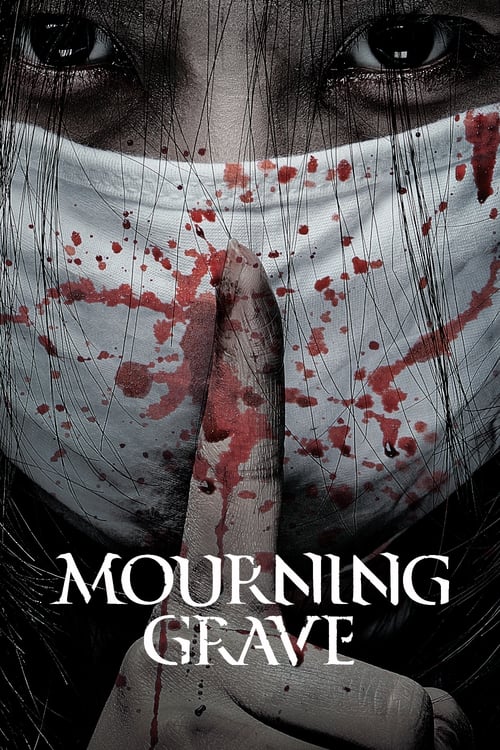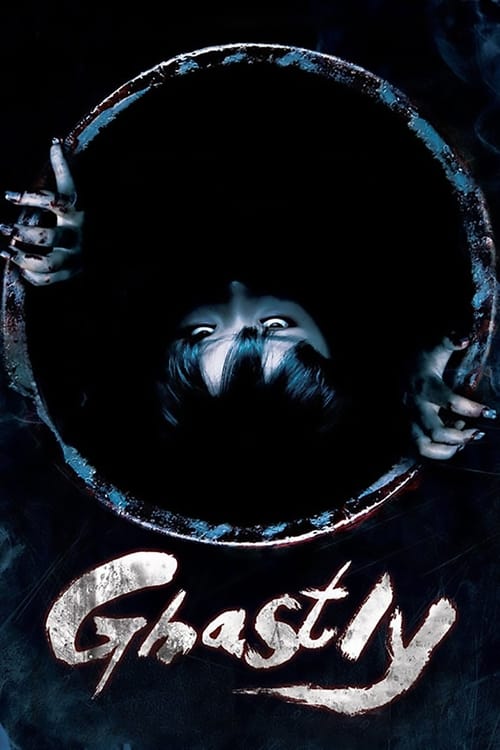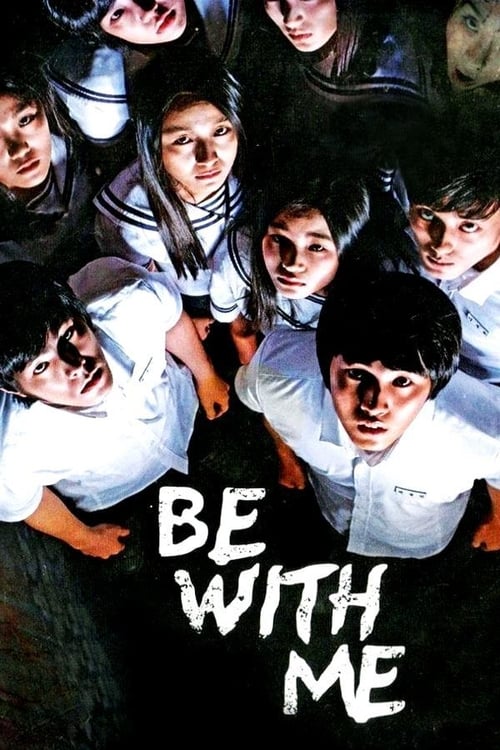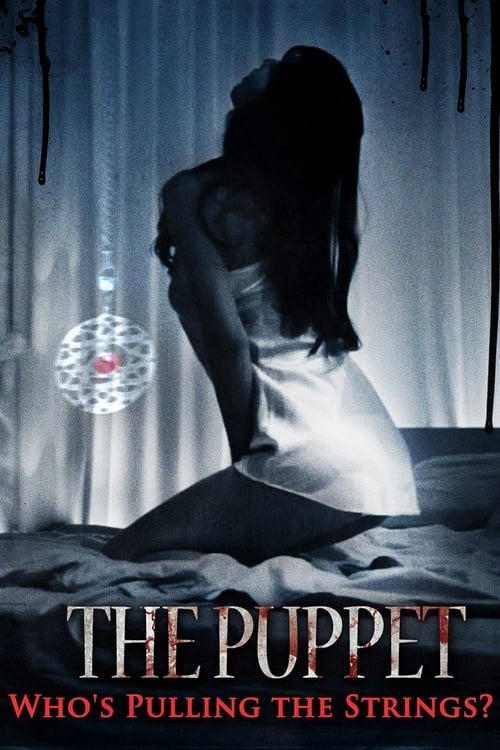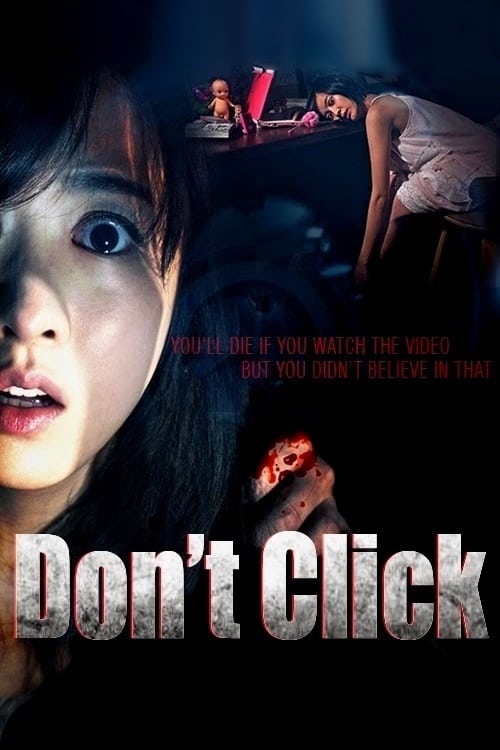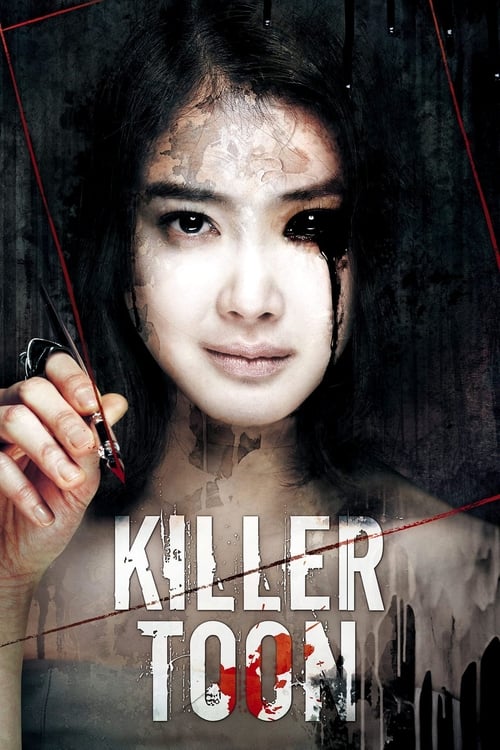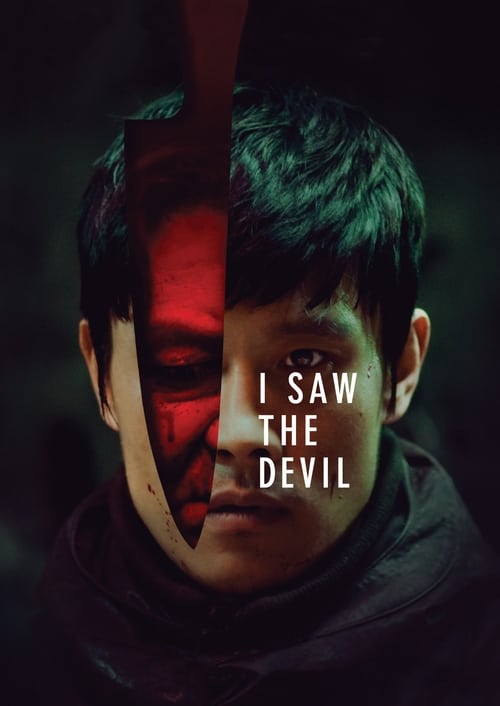
Ask Your Own Question
What is the plot?
Seoul, 2010. The city pulses with the usual rhythm of urban life--traffic, chatter, the hum of neon--but beneath the surface, something is wrong. The air feels thick with dread, and the streets are quieter than usual. News broadcasts blare from every screen, repeating the same chilling message: a new virus, born from a failed AIDS vaccine, is spreading rapidly. The government has declared a state of emergency. Anyone infected is to be executed immediately. The city is under quarantine, and the people of Seoul are living in fear, not just of the virus, but of each other.
The first story, "Crack," opens in a dimly lit apartment. A reclusive toy collector, Mr. Park, sits alone, surrounded by his prized possessions. He's been avoiding the news, but the silence outside is unnerving. Suddenly, a loud crack echoes through the building. Mr. Park rushes to the window and sees a man staggering down the street, his movements jerky and unnatural. The man collapses, convulsing violently. Mr. Park watches in horror as the man's body twitches, then rises again, eyes blank, mouth agape. The man is infected.
Mr. Park retreats to his apartment, locking the door behind him. He tries to call his family, but the lines are dead. The silence is deafening. He hears a knock at the door. It's his neighbor, Mrs. Kim, her face pale and drawn. She pleads for help, saying her husband is sick. Mr. Park hesitates, then opens the door. Mrs. Kim stumbles in, her eyes wild. She collapses on the floor, convulsing. Mr. Park backs away, terrified. Mrs. Kim's body jerks, then rises. She lunges at Mr. Park, her teeth bared. He screams, but it's too late. Mrs. Kim bites him, and he falls to the ground, writhing in pain. The last thing he sees is Mrs. Kim's blank eyes staring down at him.
The scene shifts to "Run Away," where two lovers, Ji-hun Bae and Eun-Jung Ha, are trying to escape the city. They've been hiding in an abandoned warehouse, but the infected are closing in. Ji-hun is bitten during a desperate attempt to find supplies. He knows he's infected, but he doesn't want Eun-Jung to know. He tries to keep it a secret, but Eun-Jung notices the wound on his arm. She confronts him, tears streaming down her face. "You're infected," she says, her voice trembling. Ji-hun nods, unable to speak. Eun-Jung hugs him tightly, refusing to let go. "We'll run away together," she whispers. "No matter what."
They make their way through the city, avoiding the infected and the government forces. Ji-hun's condition worsens, but Eun-Jung stays by his side. They reach the outskirts of the city, but the infected are everywhere. Ji-hun collapses, his body convulsing. Eun-Jung holds him, tears streaming down her face. "I love you," she says. Ji-hun smiles weakly, then his body jerks violently. Eun-Jung watches in horror as Ji-hun rises, his eyes blank. He lunges at her, but she doesn't move. She closes her eyes, accepting her fate. Ji-hun bites her, and she falls to the ground, writhing in pain. The last thing she sees is Ji-hun's blank eyes staring down at her.
The next story, "Mother I Love You," focuses on a young woman, Mi-ja, and her mother, Mrs. Lee. Mrs. Lee is infected, but Mi-ja refuses to believe it. She hides her mother in their apartment, caring for her despite the danger. Mrs. Lee's condition worsens, and she begins to show signs of infection. Mi-ja tries to keep her mother calm, but Mrs. Lee becomes increasingly aggressive. One night, Mrs. Lee attacks Mi-ja, her teeth bared. Mi-ja fights back, but she's no match for her mother's strength. Mrs. Lee bites her, and Mi-ja falls to the ground, writhing in pain. The last thing she sees is her mother's blank eyes staring down at her.
The story "Age of the Vaccine" centers on Dr. Kim, the scientist who created the failed AIDS vaccine. He's haunted by guilt, knowing that his work has caused the outbreak. He tries to make amends by helping the infected, but the government sees him as a threat. Dr. Kim is captured and taken to a government quarantine facility. He's interrogated by government officials, who demand to know the source of the virus. Dr. Kim confesses, but the officials don't believe him. They execute him, and his body is disposed of in a mass grave.
The story "After That, I'm So Sorry" takes place months later, when the world is somewhat normal again. A recovering ex-zombie, Mr. Choi, is trying to get his life back together. He attends a "Zombies Anonymous" meeting, where he meets other survivors who are struggling to reintegrate into society. Mr. Choi shares his story, revealing that he was infected but managed to survive. He talks about the prejudice and discrimination he faces, and the difficulties he has finding work. The meeting is a somber affair, with everyone sharing their struggles and losses.
The final story, "Pain Killer," shows a man, Mr. Park, feverishly trying to make the deadline for his manuscript of zombie research. He's obsessed with understanding the virus and finding a cure. He works late into the night, surrounded by books and notes. Suddenly, he hears a knock at the door. It's his neighbor, Mr. Kim, who is infected. Mr. Kim lunges at Mr. Park, but Mr. Park fights back, using a knife to defend himself. Mr. Kim is killed, but Mr. Park is bitten. He collapses, writhing in pain. The last thing he sees is Mr. Kim's blank eyes staring down at him.
The film ends with a somber reflection on the outbreak's impact on society and individuals. The city is quiet, but the scars of the virus remain. Survivors struggle to rebuild their lives, haunted by the memories of loss and the fear of the unknown. The government's harsh policies have left a legacy of mistrust and fear, and the future is uncertain. The film closes with a shot of the city skyline, the neon lights flickering in the darkness, a reminder of the resilience of the human spirit in the face of unimaginable horror.
What is the ending?
In the ending of "The Neighbor Zombie," the main characters confront the chaos that has unfolded in their neighborhood due to the zombie outbreak. As they band together to fight off the remaining zombies, they face personal sacrifices and difficult choices. Ultimately, they manage to survive, but not without loss, and the community is left to rebuild in the aftermath of the horror.
As the film approaches its climax, the tension escalates in the neighborhood. The once-quiet streets are now filled with the sounds of chaos--screams, the shuffling of the undead, and the frantic movements of the survivors. The main characters, a group of neighbors who have formed an unlikely alliance, gather in a makeshift safe house, a fortified home that has become their refuge amidst the turmoil.
Scene by scene, the narrative unfolds:
The first scene of the ending begins with the group huddled together in the living room, their faces illuminated by the flickering light of a single lamp. Fear and determination are etched on their faces as they discuss their next move. The leader of the group, a brave and resourceful woman named Sarah, proposes a plan to gather supplies and rescue any remaining neighbors. Her voice is steady, but her eyes betray her anxiety about the dangers that lie ahead.
As they prepare to leave, the camera captures the tension in the air. Each character's internal struggle is palpable; they are torn between the desire to help others and the instinct to protect themselves. The group consists of Sarah, her skeptical neighbor Tom, the optimistic but naive teenager Jake, and the elderly couple, Mr. and Mrs. Thompson, who have become like surrogate grandparents to the younger members.
The next scene shifts to the streets outside, where the group cautiously navigates through the debris and the remnants of their once-peaceful neighborhood. The atmosphere is thick with dread as they encounter their first zombie--a grotesque figure stumbling toward them. The group freezes for a moment, and then Sarah takes charge, leading the charge to fend off the creature. The fight is intense, showcasing their teamwork and the growth of their bond as they work together to survive.
As they continue their mission, they find a few other survivors hiding in a nearby house. Among them is a young mother with her baby, who is terrified and desperate for help. The group quickly decides to take them in, showcasing their compassion amidst the horror. However, this decision comes with risks, as they now have to protect not only themselves but also the vulnerable newcomers.
In a pivotal moment, the group faces a horde of zombies that has been drawn to the noise of their struggle. The scene is chaotic, with the camera capturing the frantic movements and the visceral fear on the characters' faces. In the heat of the moment, Tom sacrifices himself to buy the others time to escape, pushing them toward safety while he faces the advancing zombies. His bravery is a turning point for the group, solidifying their resolve to survive.
The final scenes depict the remaining characters regrouping at the safe house, their faces marked by grief and determination. They mourn Tom's loss, reflecting on the sacrifices made for the sake of survival. Sarah, now more resolute than ever, rallies the group to focus on rebuilding their community. The film closes with a sense of hope, as they begin to plan for a future beyond the horror they have endured.
In the end, Sarah emerges as a leader, having transformed from a fearful neighbor into a courageous figure willing to fight for her community. Jake, having witnessed the harsh realities of survival, matures through the experience, while Mr. and Mrs. Thompson provide wisdom and support, embodying resilience. The fate of Tom serves as a poignant reminder of the cost of survival, leaving a lasting impact on the group as they move forward together.
Is there a post-credit scene?
In "The Neighbor Zombie," there is indeed a post-credit scene that adds a humorous twist to the film's conclusion. After the credits roll, the scene opens in a dimly lit living room where the main character, a quirky and somewhat paranoid neighbor, is seen peeking through his curtains. He is still on high alert after the chaotic events involving the zombie outbreak in their neighborhood.
As he cautiously surveys the street, he notices a group of zombies shuffling by, but instead of the usual horror, they are engaged in a comical activity. The zombies are attempting to play a game of charades, stumbling over each other and misinterpreting the gestures. The neighbor, initially tense, can't help but chuckle at the absurdity of the situation.
The scene captures his internal conflict; he is torn between fear and the realization that these zombies, once terrifying, are now just a source of entertainment. He decides to join in, stepping outside with a playful grin, and starts mimicking the zombies' movements. The scene ends with him laughing and the zombies responding in their own clumsy way, creating a light-hearted moment that contrasts sharply with the film's earlier tension.
This post-credit scene serves to reinforce the film's comedic tone and highlights the absurdity of the situation, leaving the audience with a sense of joy and laughter rather than dread.
What motivates the main character, a young man named Mike, to confront the zombie outbreak in his neighborhood?
Mike is initially portrayed as a reluctant hero, struggling with feelings of inadequacy and a desire to prove himself. As the zombie outbreak begins, his motivation shifts from self-preservation to a sense of responsibility for his friends and neighbors. He feels compelled to take action when he witnesses the chaos and fear that the zombies bring, particularly when his close friends are threatened.
How does the relationship between Mike and his neighbor, a girl named Sarah, evolve throughout the film?
At the beginning of the film, Mike has a crush on Sarah, but he lacks the confidence to express his feelings. As the zombie threat escalates, they are forced to work together for survival. Their shared experiences in facing danger bring them closer, allowing Mike to show his bravery and resourcefulness. This evolution from awkwardness to camaraderie deepens their bond, culminating in moments of vulnerability and mutual support.
What role does humor play in the interactions between the characters during the zombie crisis?
Humor serves as a coping mechanism for the characters amidst the horror of the zombie apocalypse. The film features several comedic moments, such as Mike's clumsy attempts to fight off zombies and the banter between him and his friends. These light-hearted exchanges provide relief from tension, showcasing the characters' personalities and their ability to find levity in dire situations, which ultimately strengthens their friendships.
What specific challenges do Mike and his friends face while trying to survive the zombie attacks?
Mike and his friends encounter various challenges, including limited resources, the need to barricade their homes, and the constant threat of zombie attacks. They must navigate their neighborhood, which becomes increasingly dangerous as more zombies appear. Additionally, they face interpersonal conflicts, such as differing opinions on how to handle the situation, which tests their friendships and forces them to make tough decisions.
How does the film depict the transformation of the zombies, and what does this signify for the characters?
The film portrays the zombies as initially slow and clumsy, but as the story progresses, they become more aggressive and coordinated. This transformation heightens the sense of danger for Mike and his friends, symbolizing the escalating stakes of their survival. The evolving nature of the zombies reflects the characters' growth as they adapt to the increasing threat, forcing them to confront their fears and develop strategies to fight back.
Is this family friendly?
"The Neighbor Zombie," produced in 2010, is a horror-comedy film that may not be considered family-friendly due to its themes and content. Here are some potentially objectionable or upsetting aspects that could affect children or sensitive viewers:
-
Zombie Violence: The film features scenes of zombies attacking humans, which may include graphic depictions of violence and gore that could be disturbing.
-
Dark Humor: The use of dark humor surrounding death and the undead may not be suitable for younger audiences or those sensitive to such topics.
-
Scary Imagery: The portrayal of zombies and the overall horror aesthetic may be frightening for children, with unsettling visuals and sounds.
-
Language: There may be instances of strong language or crude humor that could be inappropriate for younger viewers.
-
Themes of Death and Survival: The film explores themes of survival in a zombie apocalypse, which may evoke feelings of fear or anxiety.
Overall, the combination of horror elements, violence, and mature themes suggests that "The Neighbor Zombie" is best suited for an adult audience rather than children.

